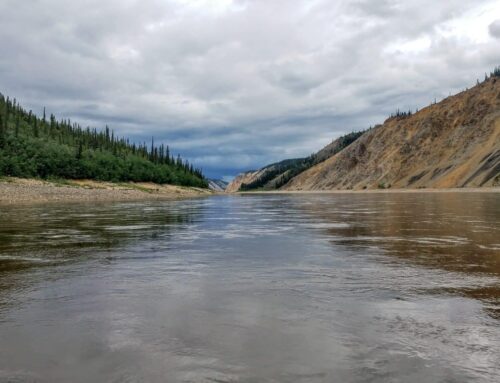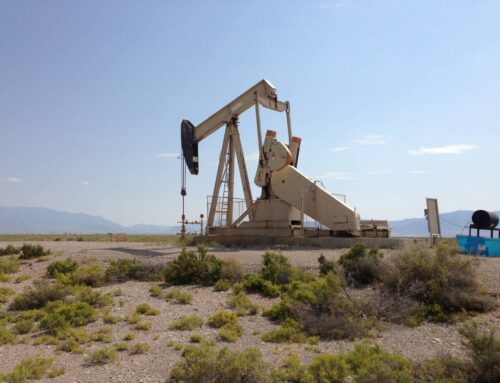After the U.S. Department of Energy challenged advanced nuclear developers to have their first plants operational within seven years, several companies took on that ambitious goal. But if a fleet of next-generation nuclear reactors does join the U.S. electric grid within the next couple of decades, they’ll bring a new hurdle with them: fuel.
Advanced reactors like TerraPower’s Natrium plant, which it aims to build in Kemmerer by 2028, require a fuel that is not produced commercially in the U.S.: high-assay low-enriched uranium, or HALEU. While both types of nuclear facilities extract energy from the fission of enriched uranium, current U.S. reactors rely on fuel enriched up to 5% with fissile U-235. Advanced reactors need fuel that’s enriched between 5% and 20%.
To ensure consistent access to the more highly-enriched nuclear fuel for advanced nuclear plants, the Department of Energy (DOE) intends to develop a HALEU Availability Program, authorized by the Energy Act of 2020.
The program would “support the availability of high-assay low-enriched uranium (HALEU) for civilian domestic research, development, demonstration, and commercial use” by strengthening the domestic supply chain, the agency said in a request for information published Tuesday.
While Wyoming is the nation’s biggest uranium producer, most uranium used in the U.S. is imported. Domestic enrichment for existing reactors is done out-of-state.
The bulk of the world’s commercially available HALEU is enriched in Russia. In June, an Ohio demonstration project became the first licensed U.S. HALEU producer.
“We cannot rely on Russia to fuel our advanced nuclear reactors,” Sen. John Barrasso said in a statement emailed to the Star-Tribune. “The Department of Energy needs to accelerate its efforts to ensure a domestic supply of high-assay, low-enriched uranium. This includes partnering with industry to establish domestic enrichment. They must also provide reactor demonstration projects with fuel produced by the Department while we wait for commercial enrichment to become available.”
It’s a delicate balance: Nuclear developers and utilities would be reluctant to commercialize power plants lacking a steady fuel source. But the country’s uranium processors are similarly hesitant to start making that fuel before a domestic market has been established.
As the need for reliable, low-carbon electricity production grows, the DOE is looking to facilitate the transition on both sides.
Clean power sources like wind and solar are intermittent, meaning utilities can’t rely on them for the baseload electricity that nuclear, coal, natural gas and hydropower typically provide. Today’s generation of aging nuclear plants, which provide roughly 20% of the nation’s electricity, have proven too expensive to keep constructing. Many require financial support to continue operating.
As the U.S. looks to phase out its coal-fired power plants, utilities are looking for other power sources. Advanced nuclear has caught the eye of Wyoming’s largest utility, Rocky Mountain Power, as well as the federal government.
Not everyone is convinced that advanced nuclear is the right solution. A new report on advanced reactors, released Tuesday by Taxpayers for Common Sense, argues that “the slew of current incentives has failed to foster a cost-effective nuclear reactor industry, and the timeline for deployment of new designs is far too distant to make a timely or beneficial climate impact.”
Still, the DOE wants to make sure that if, or as, advanced nuclear projects progress and new developers enter the market, finding fuel doesn’t become a barrier.
“Advanced reactors are an incredible asset to have in our collective fight against climate change,” said Kathryn Huff, principal deputy assistant secretary for nuclear energy at the DOE, in a Tuesday statement. “If we don’t proactively take the steps now to ensure a sufficient and diverse supply of HALEU, then reactor demonstration and deployment projects, like those funded in the Bipartisan Infrastructure Law, won’t be fueled in time to help us slow the impacts of climate change.”











Get Social